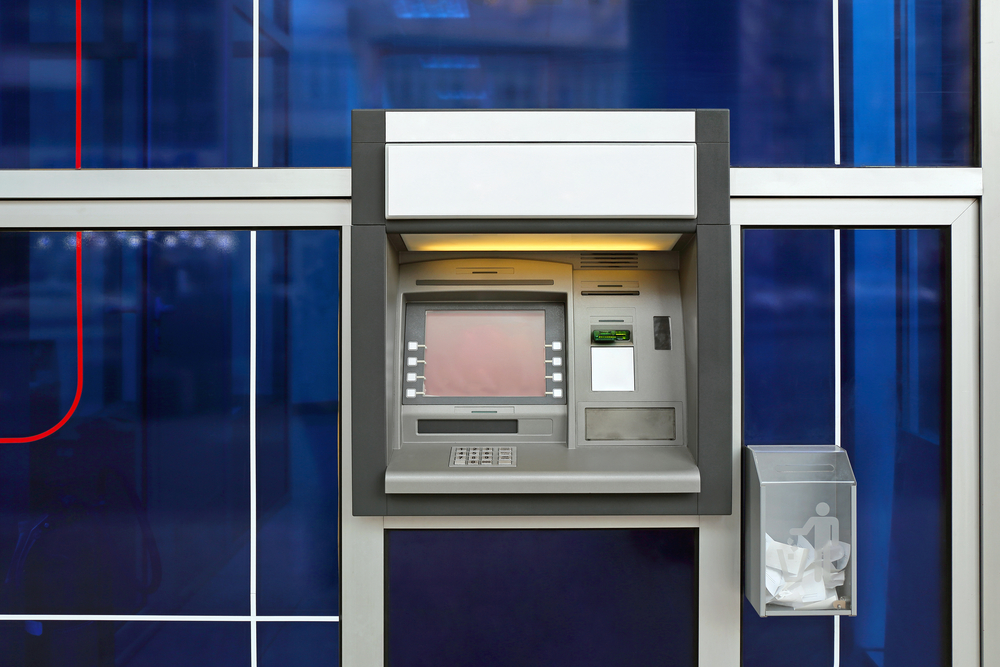There is a major breakthrough in the field of ATM skimmers. These tiny and virtually invisible devices can trick ATM users into thinking the machine is not dispensing money. A lot of scammers also use these tools to steal card data in the process. A new “update” allows thieves to pull information from a skimmer-infected ATM over the infrared spectrum.
Infrared Data Skimming from an ATM
There are a lot of concerns when using bank ATMs these days. Not only are these machines introducing more and more restrictions, but there has also been an increase in the number of skimming devices. A skimming device poses a legitimate threat to any ATM users, since these devices capture card information. This means criminals gain access to your card number, magnetic strip, and even chip-based information.
It has become increasingly difficult to prevent ATM skimmers from doing damage. These devices are invisible to the naked -and untrained- eye. The average consumer often forgets there are such threats as ATM skimmers looking to steal their payment card information. This is also why this method of attack is still so popular after many years.
In most cases, an insert skimmer needs to be retrieved by the criminal in question. This is a painstaking process, which often exposes criminals to unwanted attention from bank staff, customers, or even law enforcement. So far, there has been no reliable method of retrieving the captured information through a wireless connection. Most insert skimmers have an embedded flash drive, but do not possess wireless technology.
That has all changed now and new ATM attacks with insert skimmers are even more dangerous. New types of skimmers have been discovered, all of which contain an antenna to transmit stored card information through infrared signal. Using this method still requires the use of a small camera in the vicinity of the ATM, but it is a step forward for criminals and two steps backward for ATM users.
It appears this small camera serves another purpose as well. It records time-stamped videos of ATM users entering PIN code, and it can receive recorded card data from the insert skimmer itself. This means the skimmer itself will never need to be swapped out, but the hidden camera can be retrieved with relative ease.
Banking infrastructure -both in physical and digital form- continues to pose risks for consumers all over the world. It is unclear what can be done to counter insert skimmer threats. No one has any idea who has been installing these skimmers across ATMs worldwide. The devices can be obtained with relative ease and they will continue to pose major problems for the foreseeable future.

